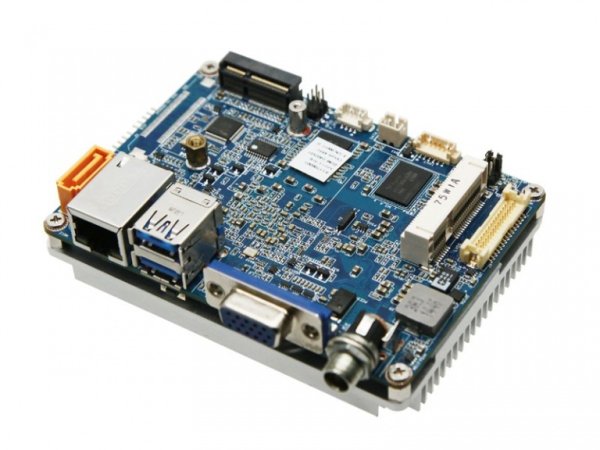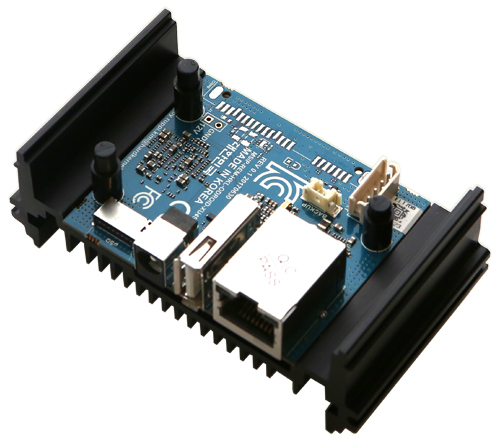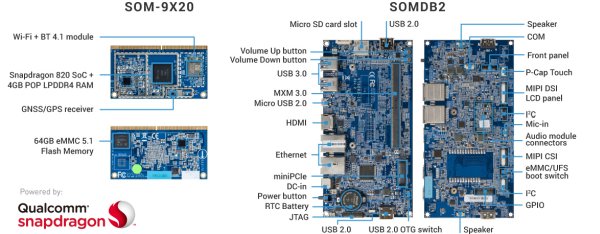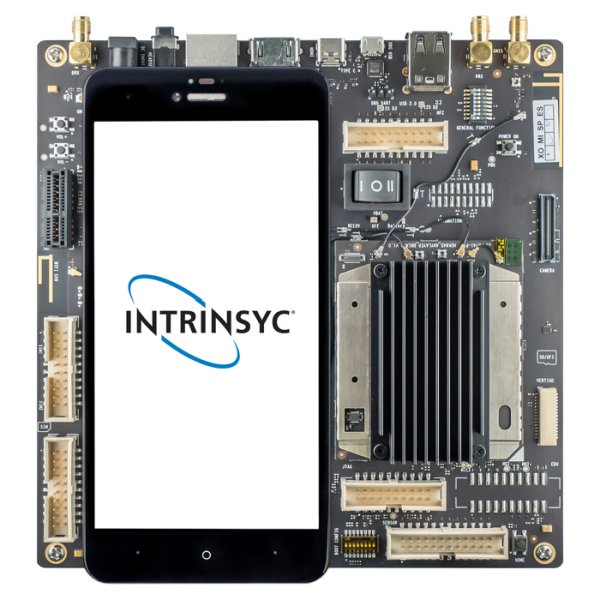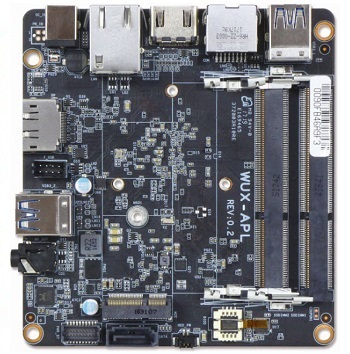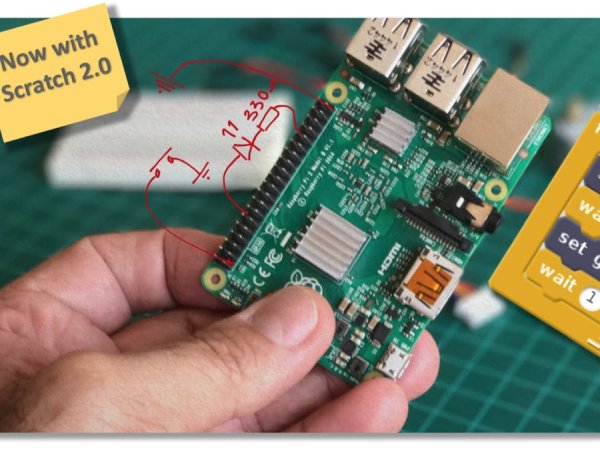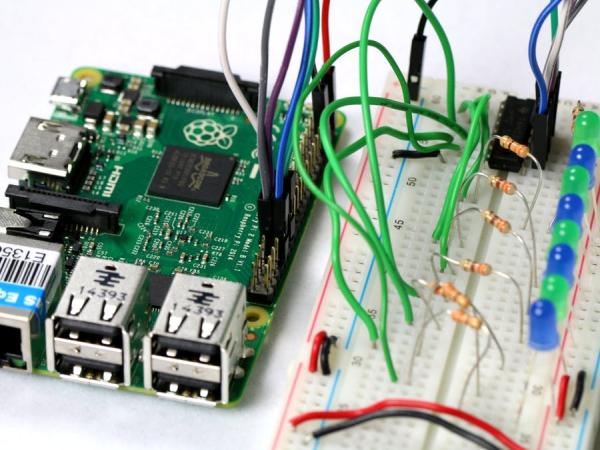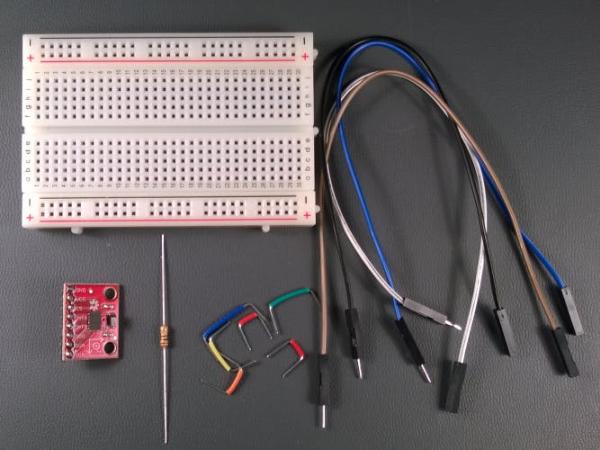Giada AP23 – A Compact Apollo Lake Series board
Giada, the Chinese based company and a provider of embedded PCs, embedded motherboards, server and storage appliances, has recently announced a new AP23 series Pico boards based around the Intel® Apollo Lake platform. The Intel Apollo platform is based on the Intel Atom® processor E3900 series, Intel® Celeron® processor N3350, and the Intel® Pentium® processor […]
Giada AP23 – A Compact Apollo Lake Series board Read More »


